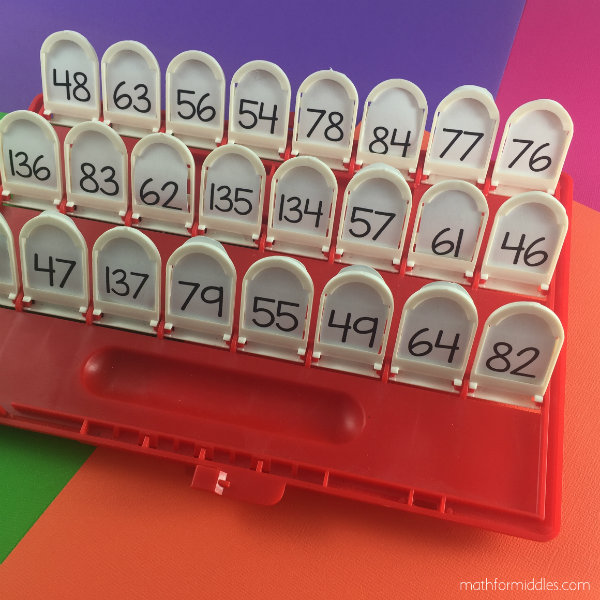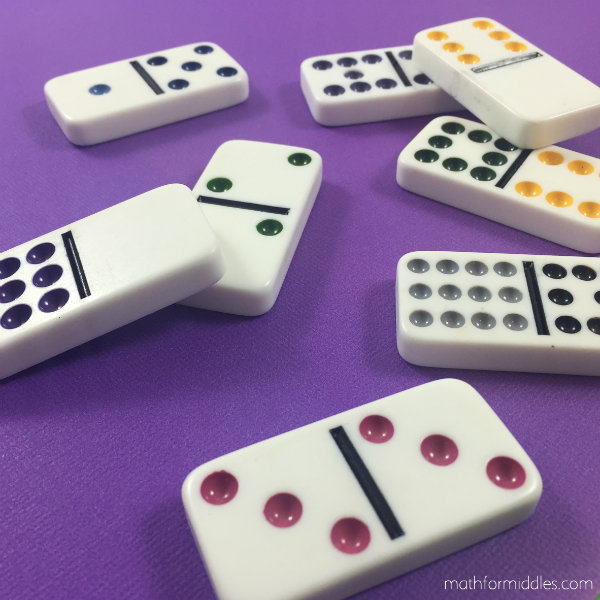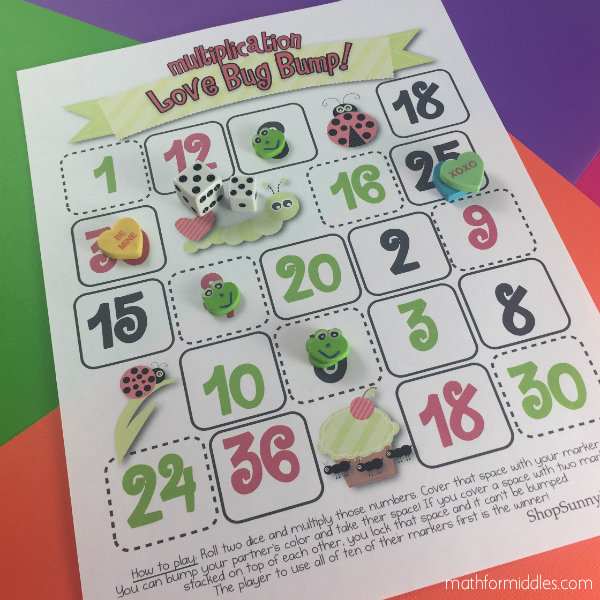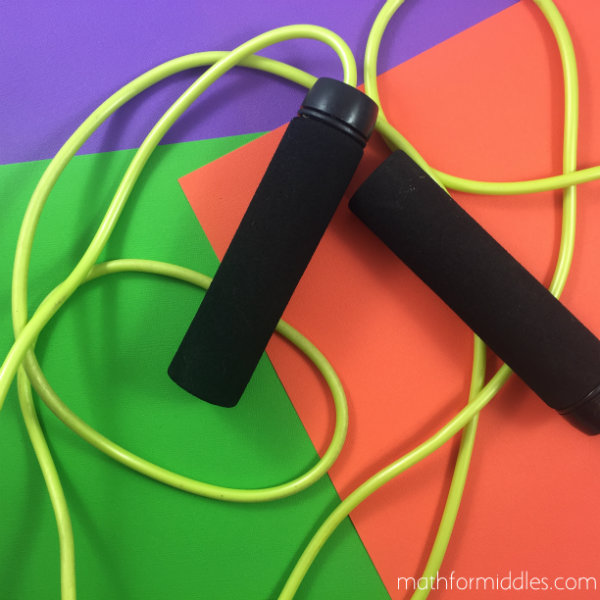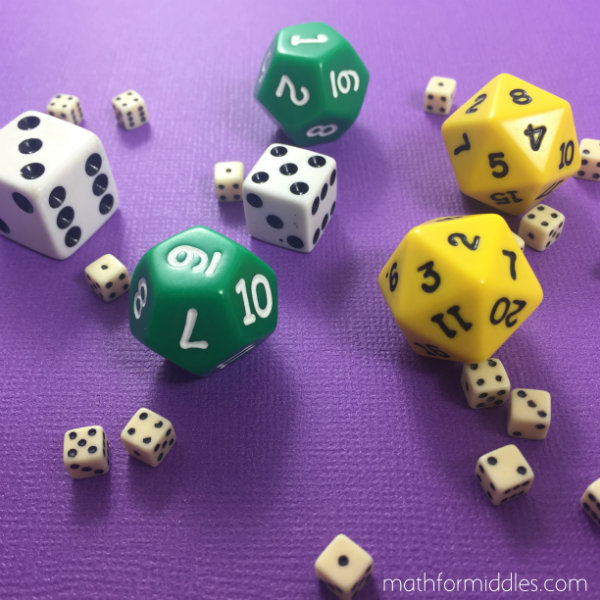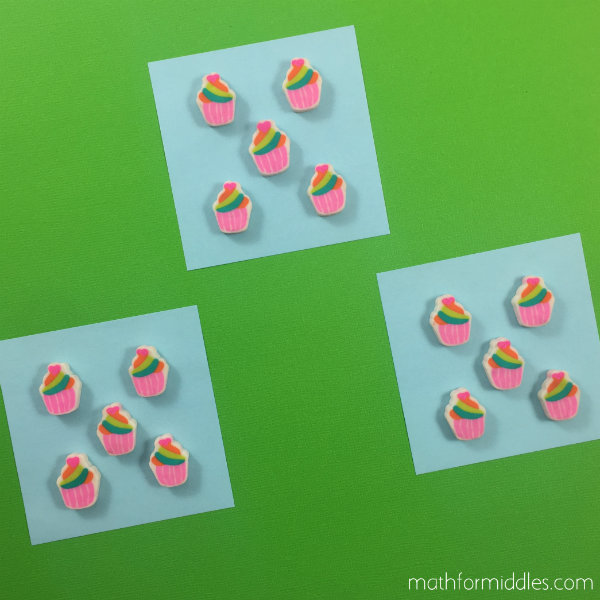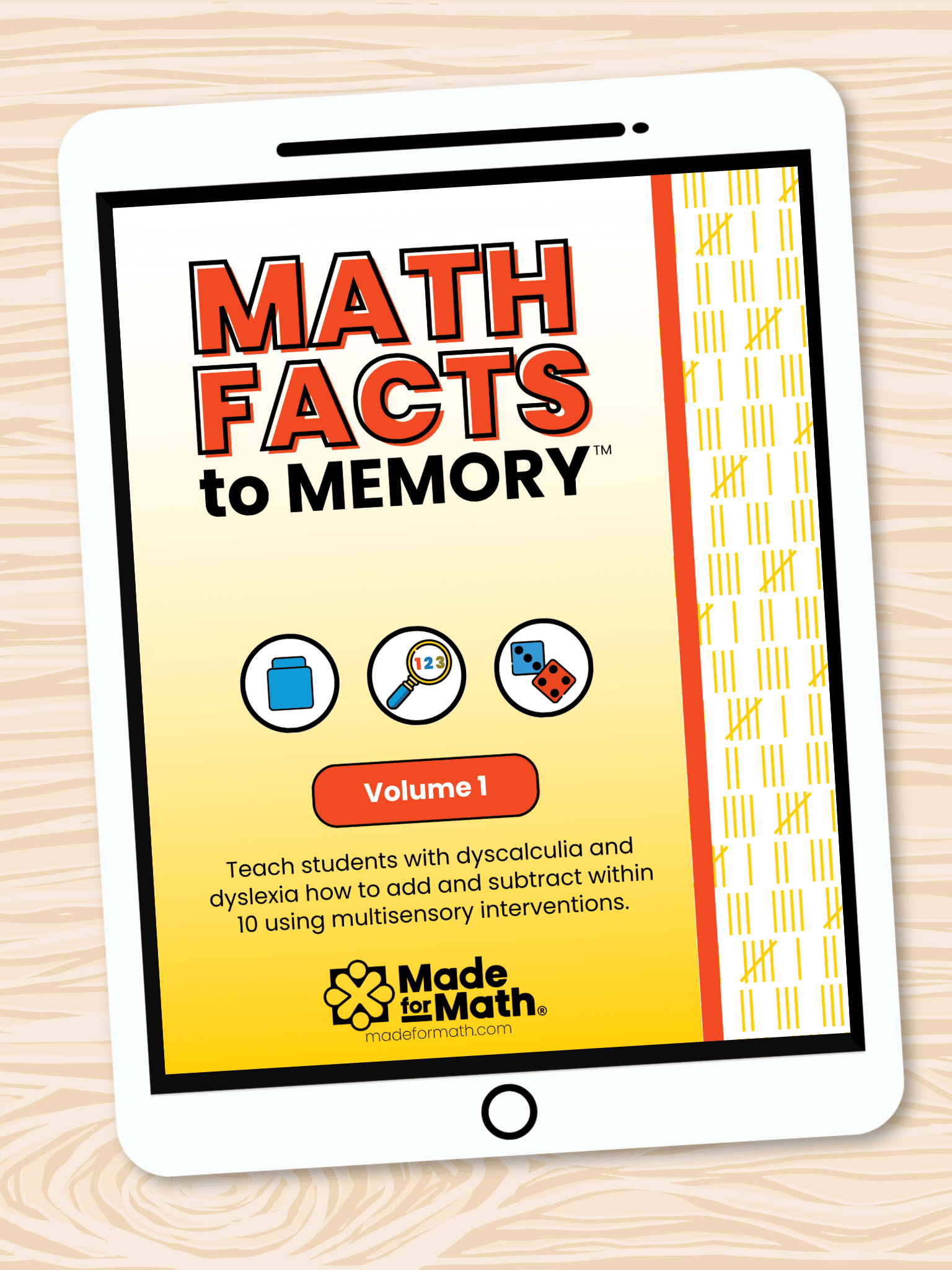Math Facts Practice: 15 Fun Ways to Master Math Facts
| This post contains affiliate links |
Discover a game-changing solution to the math struggles faced by many students of all ages. Did you know that over half of these students lack strong math facts foundation? With limited classroom time, families play a crucial role in mastering these essentials with math facts practice.
Traditional methods like flash cards fall short, and some apps even lead to frustration. But fear not, we’ve cracked the code! After years of research, we’ve crafted Math Facts to Memory (Volume 1), a groundbreaking teaching guide that aligns with the brain’s natural learning progression.
After many years of studies, we now understand that the brain needs to work from concrete thinking (quantities you can see), to representational (quantities we can represent with pictures), to the abstract (quantities written in number). Our book, Math Facts to Memory (Volume 1), is designed to be a teaching tool for parents and educators who work with students struggling to add and subtract within 10 or math facts practice.
Concrete Math Instruction is for Every Grade
In the world of special education, the “Concrete to Abstract” approach is a golden rule. It paves the way for learners of all levels, transforming beginners into masters. But why is it so essential?
Concrete learning encompasses the sensory experiences we witness in babies and toddlers – touching, feeling, smelling, tasting, and hearing. It evolves into letter-sounding and finger counting in elementary school. As your child enters middle school, this approach takes on a new form.
Imagine concrete learning as representing big thoughts in new ways, much like letter recognition’s role in elementary reading. Concrete learning forms the bedrock for more advanced skills.
In middle school, math facts become those pivotal building blocks that shape broader math understanding. When teens don’t have their math facts memorized, they are using a great deal of working memory (brain power) to recall a math fact.
Imagine juggling three TVs, each airing a different show. Concentrating on just one is a challenge, let alone absorbing the content from all three. Your brain is in overdrive, trying to manage this multitasking, but sustaining such intense thinking for extended periods is nearly impossible.
Memorization of Math Facts is a Must
This is precisely why educators emphasize the importance of memorizing math facts and math facts practice. Activities like the infamous “Mad Minute” and timed tests aim to promote memorization of these crucial facts.
However, memorization isn’t effective until after understanding is achieved. For instance, using flashcards becomes helpful only when students have retained the information.
When information isn’t retained, learners require hands-on experiences and sensory engagement in the concrete realm before transitioning to working primarily with abstract concepts.
Our creation of Math Facts to Memory stems from recognizing the scarcity of available resources for both teachers and parents dealing with children who struggle with math facts and addition and subtraction within 10. This drove us to design a resource that’s invaluable for parents and educators, like yourself, aiming to play an active role in teaching math to students with learning disabilities. This all-encompassing guide entails well-structured lesson plans with recommended pacing, vocabulary intertwined with gross motor movements, and a repertoire of enjoyable games to foster the refinement of math fact skills.
Multisensory Math Facts Practice and Activities:
Providing adequate support during math facts practice is vital. We recommend applying the “I do, we do, you do” approach to math fact families your child hasn’t yet mastered. No need to revisit all the facts, just focus on those that pose challenges in memory recall.
As a parent, you model the steps or the process. Then, involve your child in the process until you’re confident they understand the concept. Finally, encourage independent problem-solving or attempts. This gradual progression aids mastery without risking incorrect information retention.

Think touch, sight, sound.
Unifix Blocks

LEGO Bricks
Beads and String
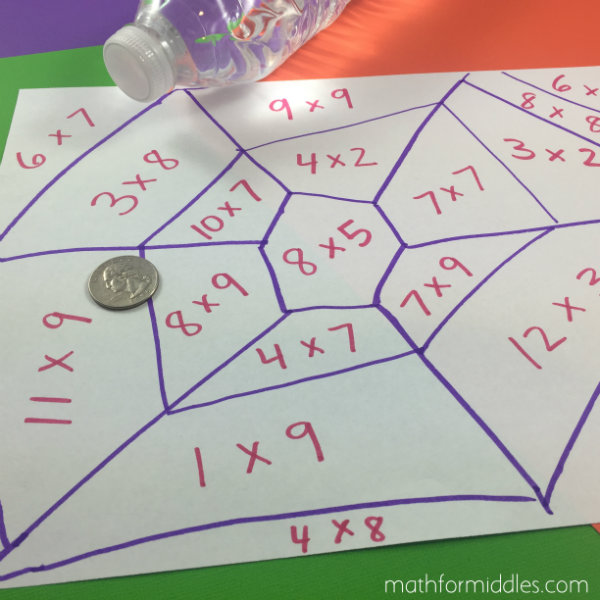
Flip It!
Get physical movement in with recall of math facts. Use the water bottle flip challenge to land on the game board and solve problems. Flip a coin. Use a sticky hand to slap the board.
Playing Cards
Guess Who?
Dominoes
Flip all the dominoes over (dots down). Take turns flipping over and multiplying the two ends of the domino together.
Works for addition too!
HINT: remove dominoes with dots more than 9 to help students with weaker number sense.
BUMP!
Roll two dice, multiply, and cover the answer with a marker or mini eraser. Try to BUMP your opponent! Download here.
Craft Sticks
Rhythm
Island Conquer
Shake it up!
Base-ten blocks
Jenga
Think mini.
Are You Looking for a Better Way to Teach Math Facts?
Check Out Math Facts to Memory™ Vol 1 (DIGITAL ONLY)
Stop wasting your time with flashcards and rote memorization for students that learn differently. Discover the power of multisensory techniques in math fact instruction.
Over 40 lessons covering adding and subtracting within 10
- Explicit instruction for both YOU and the student
- Specific language to enhance learning
- Math vocabulary pages featuring morphology and gross motor movement
- Student practice sheets
- Games to practice math facts
Math Facts to Memory™ Volume 1 is appropriate for all learners but is essential for those with dyslexia and dyscalculia.
Grab your copy for just $35.
Updates for the life of the product!





